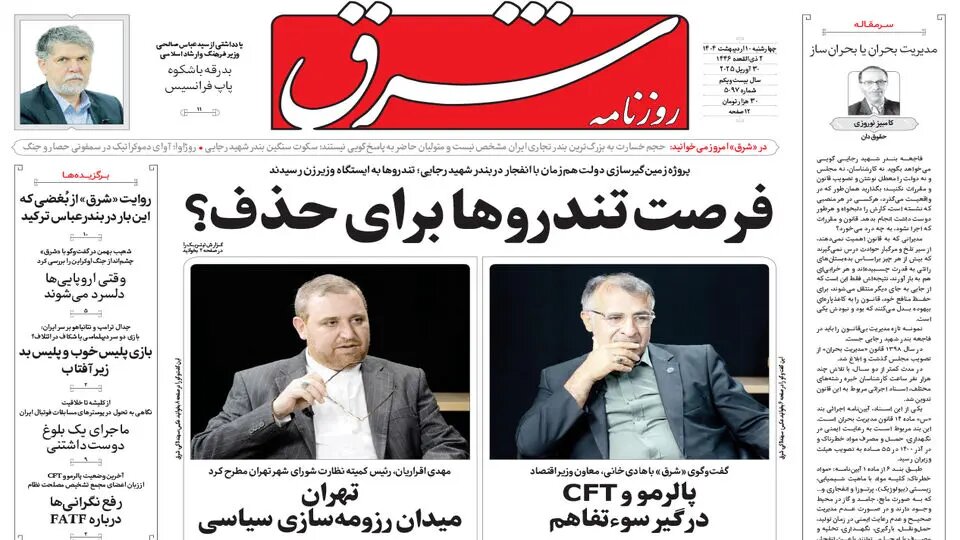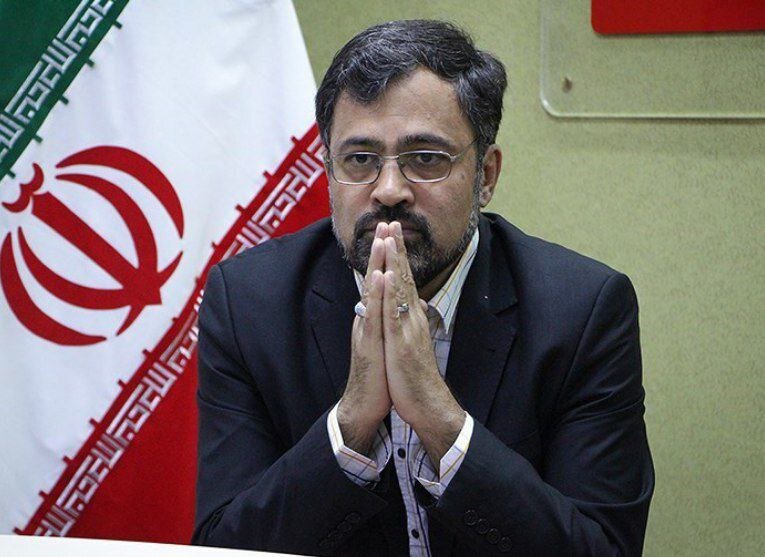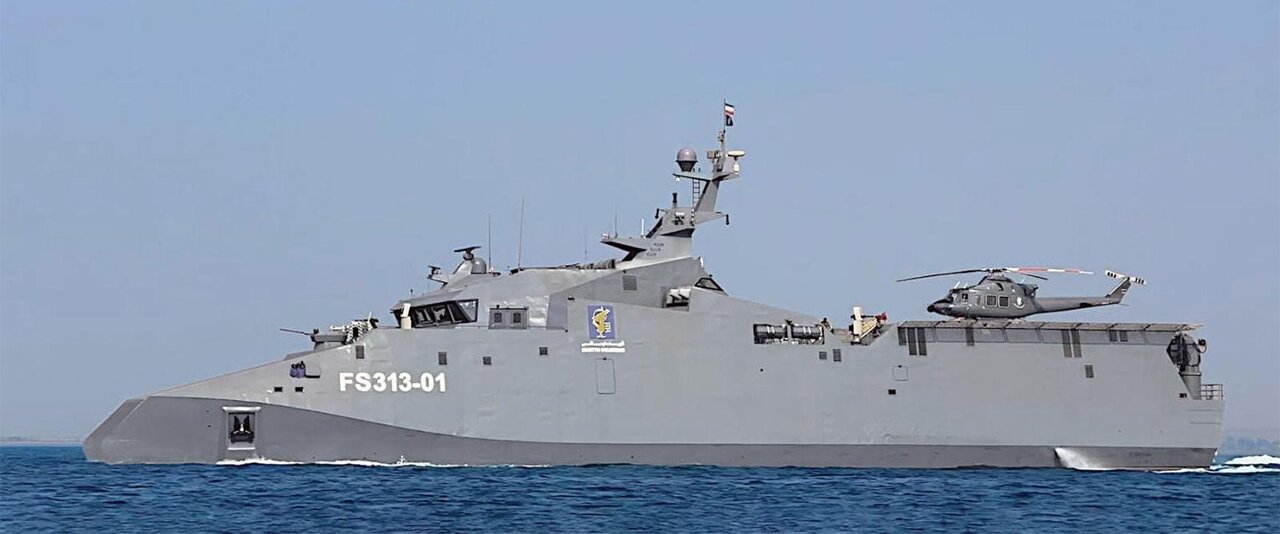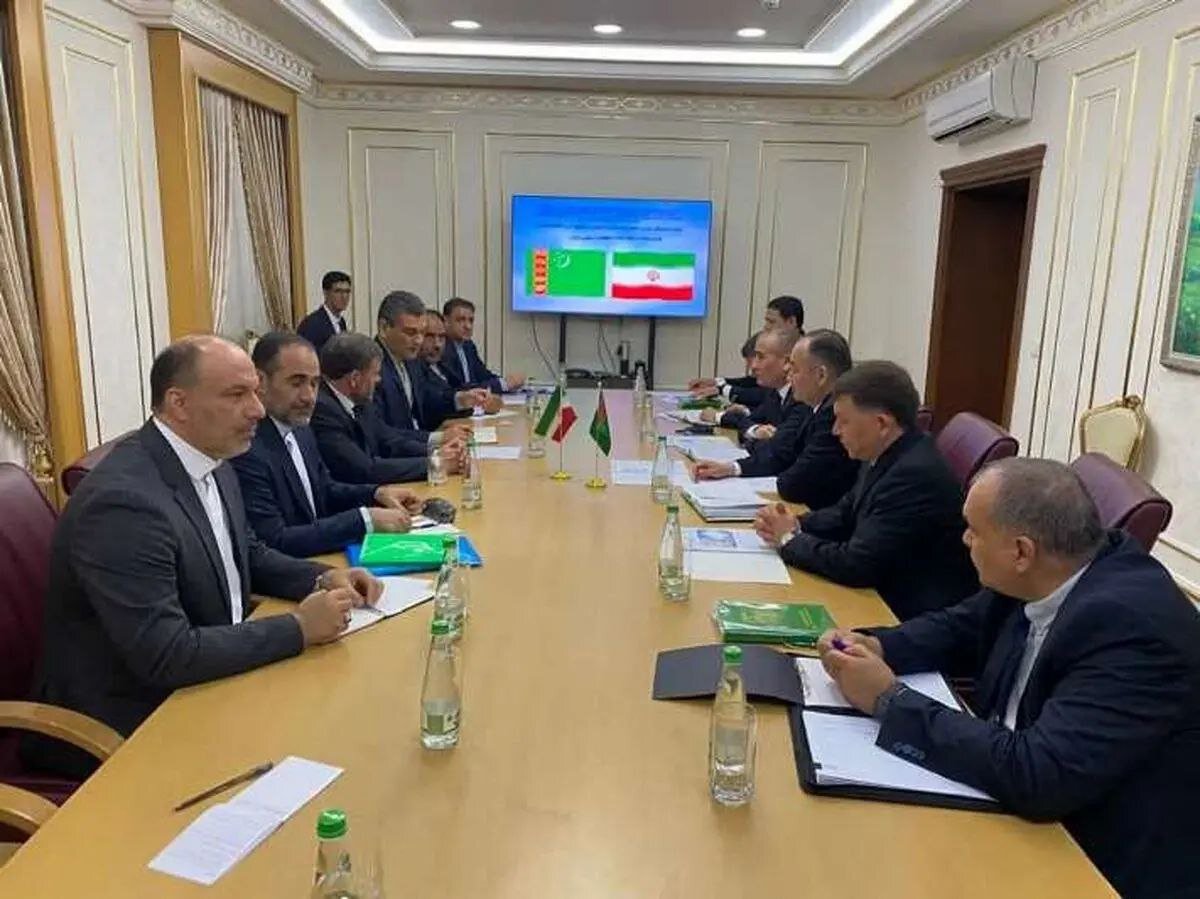
TEHRAN - A study by researchers from the National Museum of Iran has revealed new insights into animal exploitation patterns throughout the Iron Age in Gilan province, which is bounded by the Caspian Sea, north of the country.The findings, presented previously this week at the Iran National Museum Seminar Series, offer important proof about subsistence techniques and human-animal relationships in the western Alborz Mountains between 1500-550 BC.The research study team, led by Dr.
Marjan Mashkour and Dr.
Hossein Davoudi from the Osteology Department of the National Museum of Iran, carried out an in-depth analysis of animal bones from two substantial Iron Age websites - Pila Qaleh and Jalaliye in Rudbar County of Gilan.
These archaeological sites, excavated in previous years, used an uncommon chance to study settlement stays from a period better known for its cemeteries.According to the research study, domesticated animals, including sheep, goats, and cattle, formed the foundation of the regional economy at both sites.
The predominance of these types indicates a well-developed animal husbandry system, explained Dr.
Davoudi during his discussion.
The research likewise revealed the supplemental function of hunted types such as wild boar, red deer, and gazelle, recommending a combined subsistence strategy.Notably, the team discovered fascinating variations in between the two websites.
While they shared similar animal types, the proportions differed significantly.
These patterns most likely show adjustments to regional ecological conditions and changing rounding up practices with time, Dr.
Davoudi noted.
The presence of horses and donkeys at both ancient sites points to their usage in transportation and daily labor.The animal bones studied had been carefully maintained as part of the museums long-term Curation and Documentation of Osteological Collections task started in 2011, directed by Dr.
Marjan Mashkour.
This most current research builds on that fundamental work, applying modern analytical methods to much better comprehend ancient financial systems.Archaeologists stress the importance of such bioarchaeological studies for the Iron Age of Iran, where settlement websites remain understudied compared to cemeteries.Looking ahead, the scientists prepare to integrate their findings with continuous research studies of plant stays and material culture to establish a more thorough image of Iron Age life in the area.
They hope their work will motivate similar examinations at other essential websites across Iran.The National Museum of Iran continues to host its Seminar Series, showcasing cutting-edge research on Irans rich cultural heritage.AM.
This article very first appeared/also appeared in Tehran Times

 9
9

















